Archive for November, 2013
Albino Bristlenose 2013-D
Posted by lasaquatics in ancistrus, catfish, pleco types on November 28, 2013
This time I decided to wait until I knew for sure that the eggs the male was guarding were actually hatched before I took them. I noticed the eggs a full six days ago, and can only account for the delayed hatching by cooler water temperature… or it could just be that I haven’t noticed previous clutches right away. In an effort to save time, I decided to take a picture and count the fry in a freeze-frame…. much easier. I counted 166… largest spawn this year.
Corydoras schultzei ‘black’
Posted by lasaquatics in catfish, corydoras, fish on November 24, 2013
exLamprologus multifasciatus (video)
Posted by lasaquatics in cichlids, fish, shell-dwellers, videos on November 22, 2013
Also known as ‘Lamprologus’ multifasciatus, or formerly as Neolamprologus multifasciatus, this tiny shell-dwelling cichlid from Lake Tanganyika in Africa is ideally suited for smaller aquariums, and does quite well even when crowded, as this is how it lives in nature. Filtration rated for a larger tank is important for this reason, and the intake should be covered with a sponge to prevent tiny fry from being sucked in.
Corydoras similis
Posted by lasaquatics in catfish, corydoras, fish on November 21, 2013
Cryptocoryne lucens
Posted by lasaquatics in cryptocorynes, plants on November 21, 2013
This hardy crypt grows in clumps, mostly emersed in nature, but does quite well in aquariums with low to medium lighting, temperatures between 70 and 82 degrees Farenheit, and a pH range of 6.5-8.0. It’s rich green color and resemblance to grass make it an excellent foreground or mid ground plant, and provides cover for small fry and shrimp. Its compact size and shape (maximum 6″) make it a great choice for very small aquariums.
Sakura Red Cherry Shrimp in Plant Jar with Babies
Posted by lasaquatics in Invertebrates, nano, shrimp, videos on November 20, 2013
I turned an old cookie jar into a desktop aquarium, complete with live plants, olive and horned nerite snails, and Cherry Shrimp. I light the jar using a plain LED desk lamp on a timer. A few days ago, I noticed several super tiny shrimplets zooming around!!
Bamboo Shrimp
Posted by lasaquatics in Invertebrates, shrimp on November 14, 2013
Bamboo Shrimp (Atyopsis moluccensis) is a large species of filter feeding shrimp with “fans” instead of claws, rendering them harmless to fish. Unfortunately, their specialized feeding needs and sensitivity to ammonia and nitrites can make them difficult to keep alive. A planted tank is best, and finely crushed flake and baby brine shrimp, along with regular water changes will keep them happy. When they are perched on a plant or a bit of driftwood ‘catching’ bits of food out of the water column, they are content. If you find them on the substrate trying to eat off the floor, they’re hungry.
Farlowella vittata
Posted by lasaquatics in catfish, fish, other catfish on November 9, 2013
Farlowella vittata is a twig catfish from Venezuela and Colombia. It lives among plants and roots along the banks of flowing waters. Males guard the eggs while they incubate, and other females often come along to add to the brood. After hatching, the young use up their yolk sac quickly and then have a most voracious appetite. The #1 cause of loss of Farlowella fry is starvation. They need very soft vegetable-based food, and lots of it to survive. We have had the best luck with Repashy foods, which comes as a powder and is mixed with water to make a gel that can be cut into blocks that the fry can graze from all day.
Neocaridina davidi Sakura Red Cherry Shrimp
Posted by lasaquatics in Invertebrates, nano, shrimp on November 9, 2013
Neocaridina davidi, formerly heteropoda, is a strikingly beautiful little freshwater shrimp that we’ve had for several years now. Females are fat and bright red… males are smaller and less brightly colored.



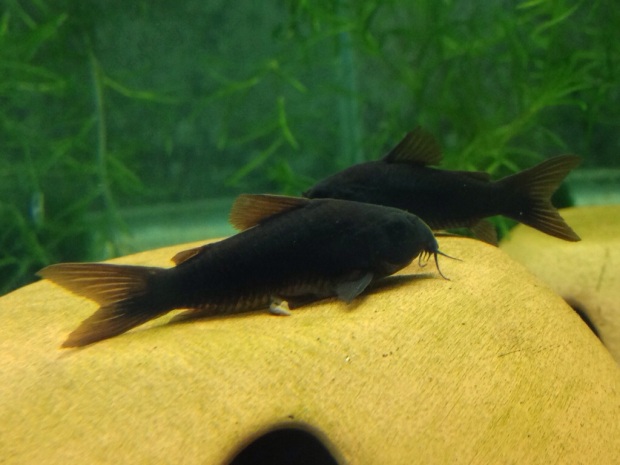
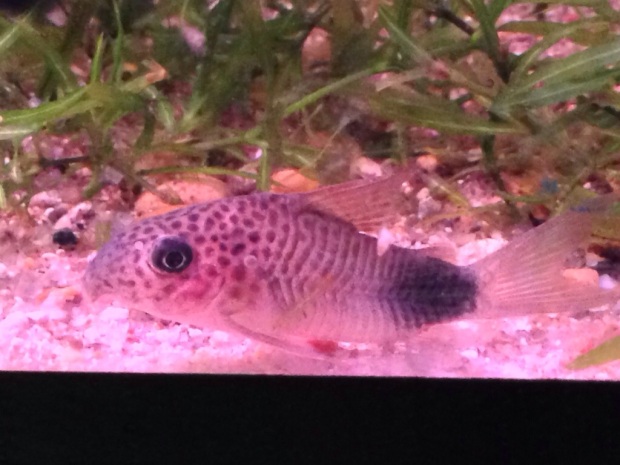
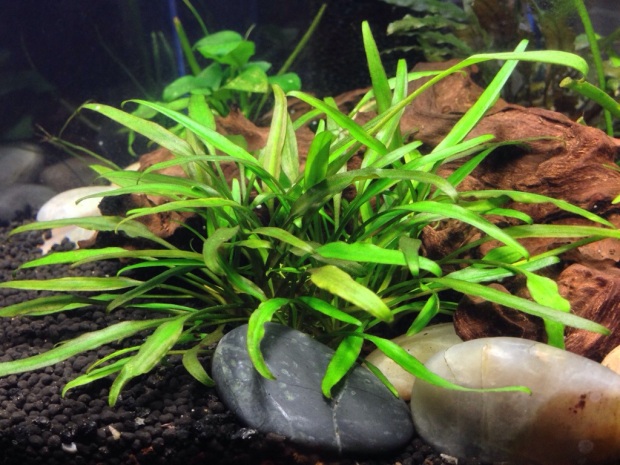
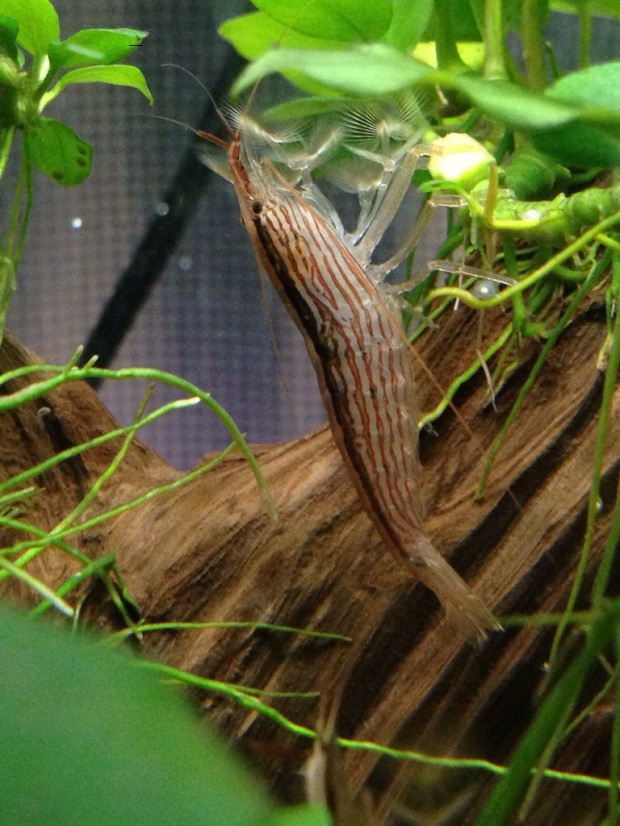








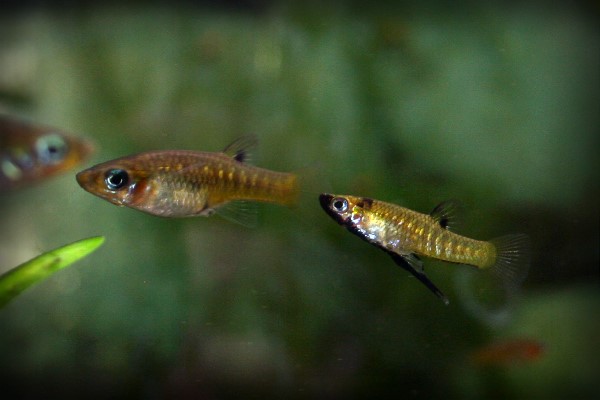



Recent Comments